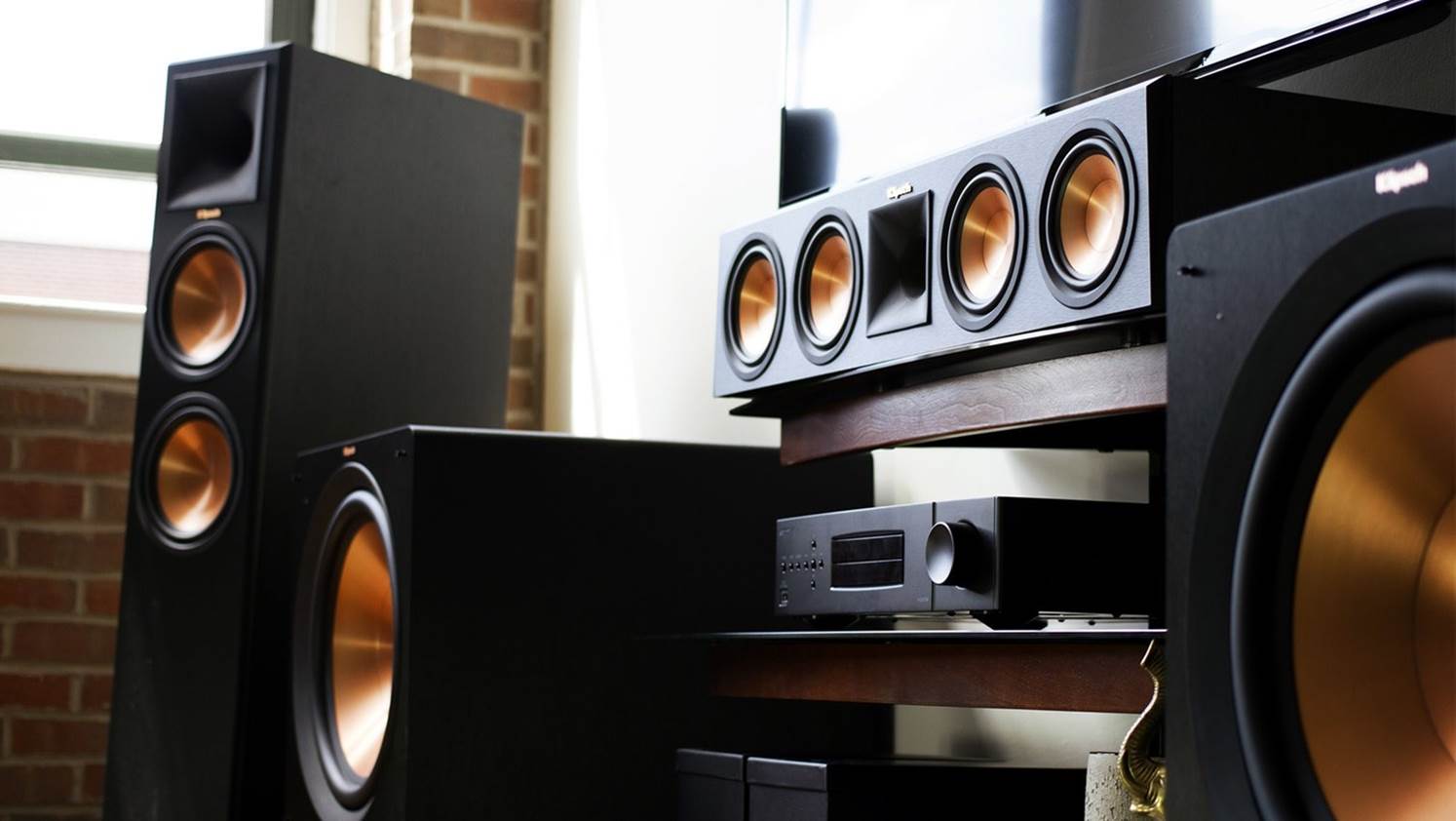Multiroom audio systems allow you to play the same music throughout your home. They can be as simple as a constellation of wireless speakers or soundbars, to more sophisticated hifi multiroom setups.
Many of these are based on their own proprietary technology, while others like Sonos and Bluesound use open multiroom platforms. You can also add a link system to your existing hi-fi equipment using a bridge box such as the Denon Heos.
High-quality sound
Multiroom audio systems allow you to enjoy your favourite music anywhere in the house without losing quality. They typically work off your home Wi-Fi, making them easy to control via an app on your smartphone or tablet. You can also add a subscription to a streaming service like Spotify or Tidal for a library of music, or use a NAS (network attached storage) hard drive loaded with your collection of CDs.
Smart multi room speakers often offer voice assistant options through Amazon Alexa or Google Assistant, making them even easier to manage. They come in all shapes and sizes, from loudspeakers that lend a theatrical look to your media room to bookshelves and counter speakers that can sit on top of furniture.
A more traditional option is to wire a multiroom system to your existing Hi-Fi equipment or into new builds where you can run the cables before the drywall goes up. This type of system lets you play different music in each room, or the same song everywhere.
Easy to control
Unlike traditional hi-fi set-ups that require trailing wires to send music around the house, modern multiroom systems work wirelessly. Using apps on mobile devices, smart remotes and keypads, or even by voice (if equipped), they let you blast your favourite tunes to every room in the house at the touch of a button.
There are a few main types of multiroom audio system. The easiest is a wireless smart speaker that uses your home Wi-Fi network and can be controlled via an app. These feature built-in mics that can pick up your ‘wake words’ and use voice commands to play, pause and skip songs.
Brands like Sonos, Bluesound and Denon make dedicated multiroom speakers that you can slot into your home. Alternatively, you can buy products that support open multiroom platforms, such as Apple AirPlay and Google Cast. You’ll still need to choose the right multiroom setup for your home, however. For example, you’ll need a wireless router that supports these technologies to get them working properly.
Easy to install
Multiroom audio systems aren’t hard to install. You’ll typically need to run wires from your source components (typically your AV equipment and music streaming tech) to the control system that will distribute audio throughout your home.
Depending on the type of system you choose, you’ll be able to play different songs in each room at the same time or the same song everywhere. The best multiroom systems work with all of your favourite entertainment sources, including streaming services like Spotify and Apple Music, your NAS drive full of music or even vinyl.
Speakers for multiroom audio are usually mounted in the ceiling and out of sight, eliminating the need for clunky speakers that take up space and leave an unattractive web of cords behind. You can hide the wiring to keep your home neat and tidy, and you can paint the speakers to match the colour of your home. A professional installer can help you create a system that’s as easy to use as it is beautiful.
Easy to expand
A multiroom audio system consolidates your music components into a single easy-to-use product. It allows you to direct songs to speakers in different rooms, catering for individual music preferences within a family, or play the same song on every speaker.
The best systems use CAT6 cables to deliver high-bandwidth signals with strict specifications for crosstalk and shielding. This makes them a good choice for high-resolution audio, with the added benefit of superior durability over standard wires. You can also find wireless solutions that work on a mesh network that operates separately from your home WiFi. This is the norm in smart speaker systems, and some AV receivers from brands like Denon and Yamaha have added multiroom features to their range of hi-fi amplifiers and AV surround sound receivers too.
Some wireless multiroom systems operate over Bluetooth, but most rely on your home WiFi. This requires a robust broadband connection and can affect the bandwidth of other devices you use.

